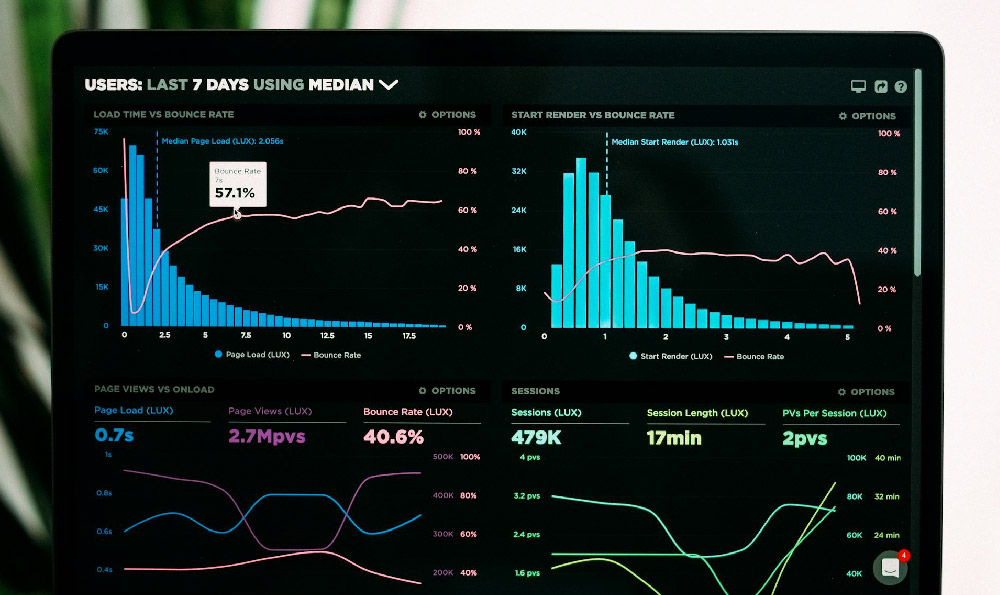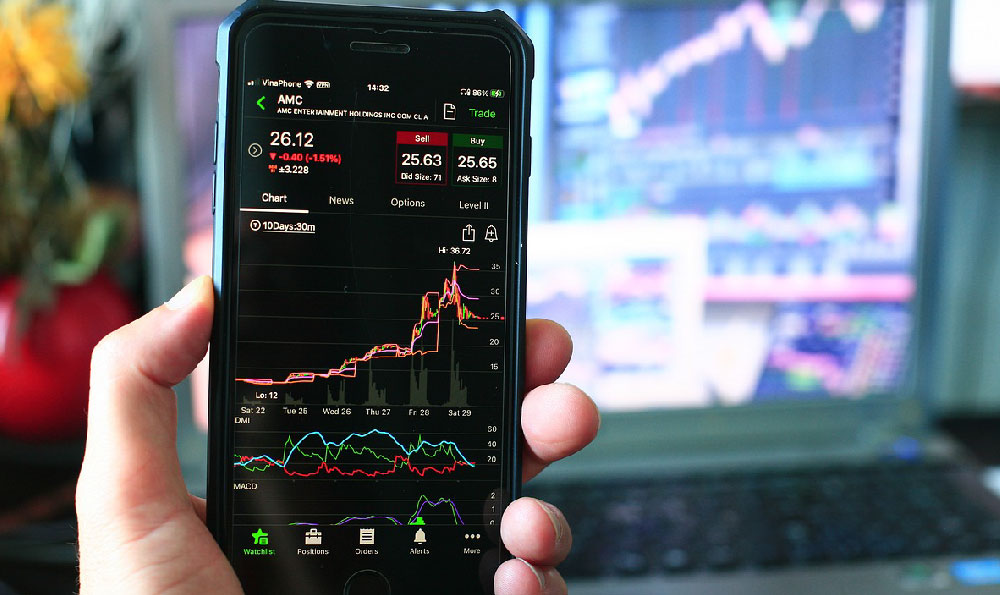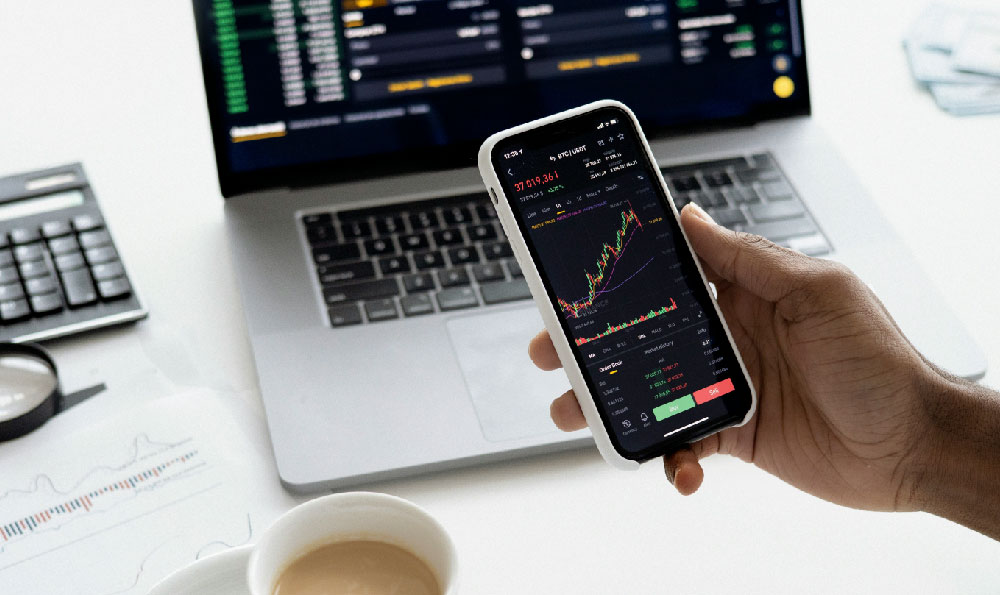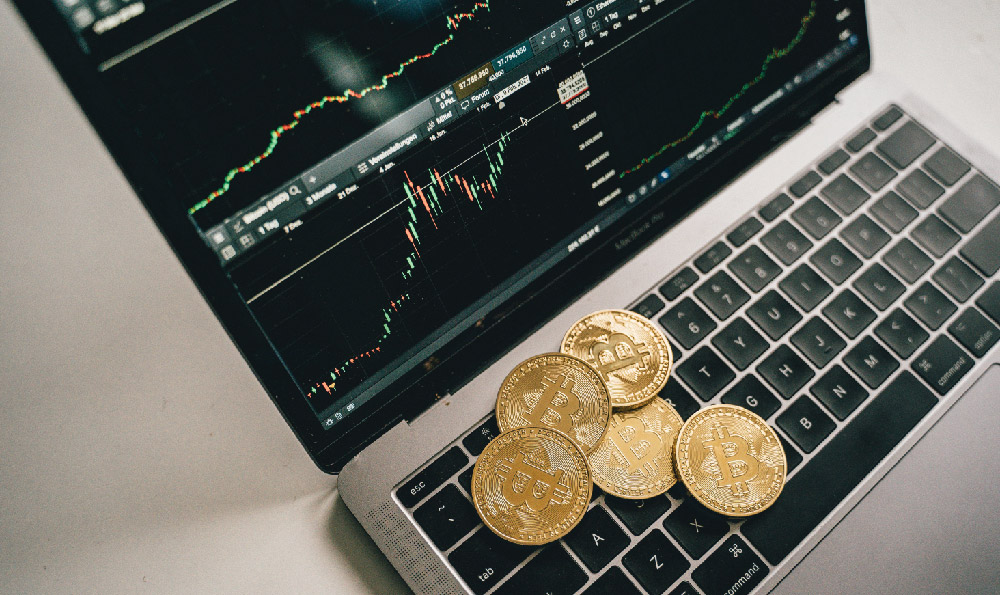The allure of Bitcoin mining, the digital process of verifying and adding new transaction records to Bitcoin's public ledger (the blockchain), has long captivated investors and tech enthusiasts alike. The promise of passively generating Bitcoin, the world's leading cryptocurrency, sounds incredibly appealing. However, the landscape of Bitcoin mining has dramatically evolved since its inception, transforming from a hobbyist pursuit to a highly competitive and specialized industry. So, the fundamental question remains: is it still possible to mine Bitcoin for profit in today's environment? The answer, as with most things in the financial world, is nuanced and depends heavily on a multitude of factors.
To understand the profitability equation, it’s crucial to first grasp the core mechanics of Bitcoin mining. Miners essentially compete to solve complex cryptographic puzzles using powerful computers. The first miner to solve the puzzle gets to add the next block of transactions to the blockchain and is rewarded with newly minted Bitcoin (the block reward) and any transaction fees included in the block. This block reward is currently 6.25 Bitcoin per block, but it halves approximately every four years in an event known as the "halving," designed to control Bitcoin's supply. The next halving is projected to occur in 2024, reducing the block reward to 3.125 Bitcoin.
The difficulty of these cryptographic puzzles automatically adjusts to maintain a consistent block creation rate of roughly one block every 10 minutes. As more miners join the network, the difficulty increases, requiring more computational power to solve the puzzles. This dynamic directly impacts the profitability of mining.
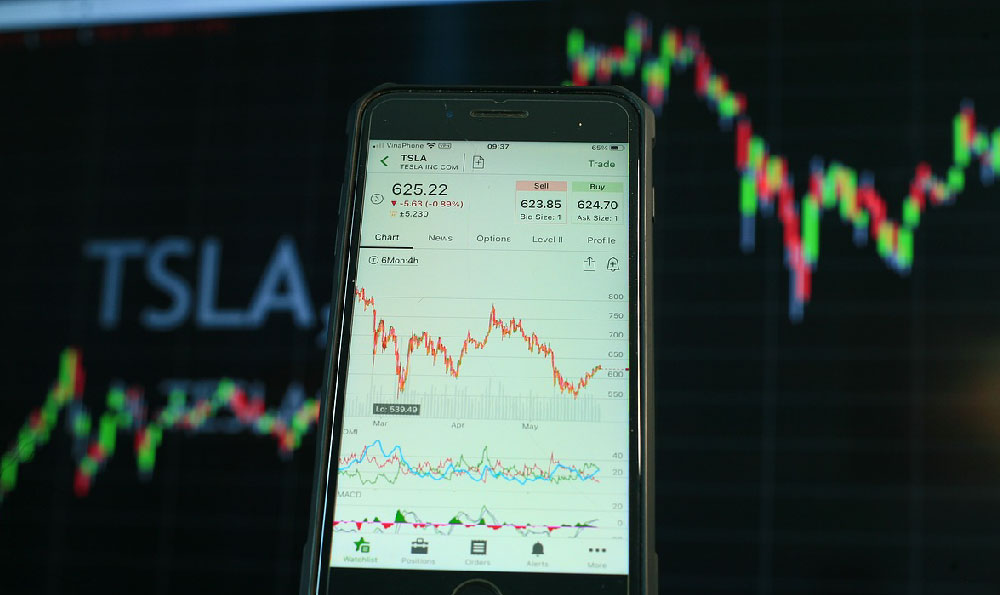
The primary determinants of profitability are the initial investment in mining hardware, electricity costs, mining pool fees, and the current price of Bitcoin. Let's dissect each of these elements:
-
Mining Hardware (ASICs): Gone are the days when you could mine Bitcoin effectively with a standard desktop computer. Today, Application-Specific Integrated Circuits (ASICs) are the only viable option. These specialized machines are designed solely for mining Bitcoin and boast significantly higher hash rates (the computational power used for mining) and energy efficiency compared to general-purpose computers. However, ASICs are expensive, ranging from a few thousand to tens of thousands of dollars, depending on their hash rate and efficiency. The higher the hash rate, the more computational power you have, and the greater your chances of solving a block. However, higher hash rates often correlate with higher energy consumption. The initial cost of the hardware represents a significant barrier to entry. Furthermore, the rapid advancements in ASIC technology mean that your hardware can become obsolete relatively quickly as newer, more efficient models enter the market. This depreciation needs to be factored into your profitability calculations.
-
Electricity Costs: Bitcoin mining is an energy-intensive process. ASICs consume a significant amount of electricity, and this electricity consumption represents a major ongoing expense. Electricity prices vary dramatically from region to region. If you live in an area with high electricity rates, your mining operation will be significantly less profitable. Some miners seek out locations with cheap electricity, such as those near hydroelectric dams or in regions with surplus renewable energy. Finding a location with low electricity costs is often the most critical factor in determining profitability.
-
Mining Pool Fees: Individual miners rarely have sufficient computational power to solve blocks on their own. Therefore, most miners join mining pools. A mining pool is a collaborative effort where miners combine their hash rates and share the block rewards proportionally to their contributed hash rate. Mining pools typically charge a fee for their services, usually a small percentage of the block rewards. These fees need to be considered when calculating profitability.
-
Bitcoin Price: The price of Bitcoin is, of course, a major determinant of profitability. If the price of Bitcoin is high, the block rewards are worth more in fiat currency (e.g., USD, EUR), making mining more profitable. Conversely, if the price of Bitcoin drops, mining profitability can plummet, even to the point where it becomes unprofitable to continue mining. This volatility is a major risk factor for Bitcoin miners.
Beyond these core factors, there are other considerations. The difficulty of the Bitcoin network is constantly changing, so the rewards for successfully mining a block can vary. It's also important to account for the costs of cooling your mining hardware, as ASICs generate a significant amount of heat. Effective cooling solutions are essential to prevent overheating and damage to your equipment. Maintenance costs, such as repairing or replacing faulty hardware, also need to be factored in.
Considering these factors, is it still possible to mine Bitcoin for profit? For most individuals with limited capital and high electricity costs, the answer is likely no. Large-scale mining operations, often located in regions with cheap electricity and access to significant capital, have a significant advantage. These operations benefit from economies of scale and can operate more efficiently.
However, there may still be niche opportunities for smaller-scale miners. For example, if you have access to extremely cheap electricity (e.g., through solar power or a hydroelectric dam) and can acquire used ASICs at a discounted price, you might be able to achieve a modest profit. You could also consider cloud mining, where you rent hashing power from a provider, but this often comes with its own set of risks and requires careful due diligence to avoid scams.
Before investing in Bitcoin mining, it's crucial to conduct thorough research and develop a detailed financial model. This model should account for all the costs associated with mining, including hardware, electricity, mining pool fees, cooling, and maintenance. It should also incorporate realistic assumptions about the future price of Bitcoin and the difficulty of the network. Stress-testing your model with different scenarios will help you assess the potential risks and rewards of mining.
In conclusion, while the dream of easily generating Bitcoin through mining persists, the reality is far more complex. The Bitcoin mining landscape is dominated by large-scale operations with access to cheap electricity and significant capital. For most individuals, mining Bitcoin for profit is unlikely to be a viable endeavor. However, with careful planning, access to cheap electricity, and a realistic understanding of the risks involved, there may still be niche opportunities for smaller-scale miners. Thorough research and a comprehensive financial model are essential before making any investment decisions. Remember to always prioritize risk management and avoid investing more than you can afford to lose. The volatile nature of the cryptocurrency market necessitates a cautious and well-informed approach.






